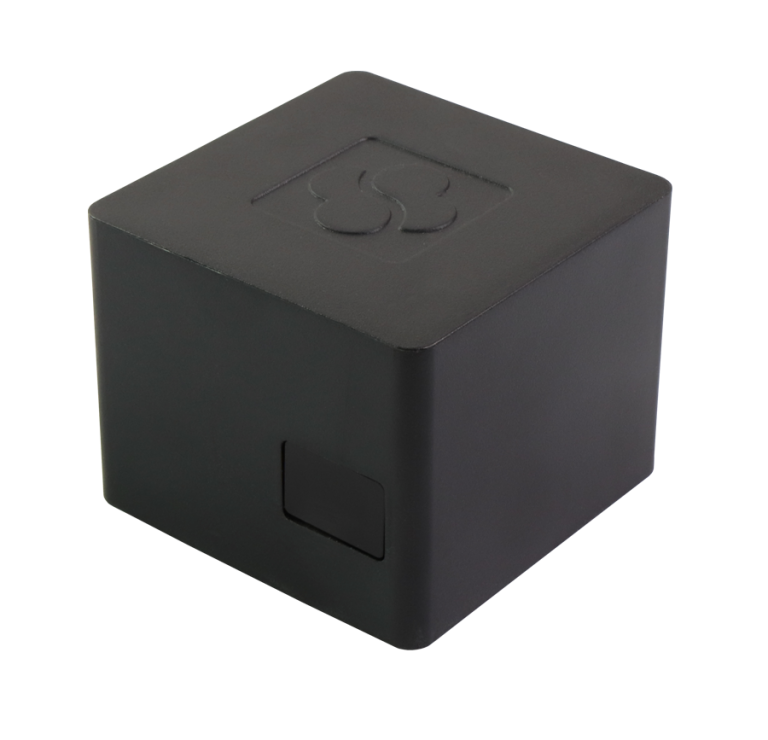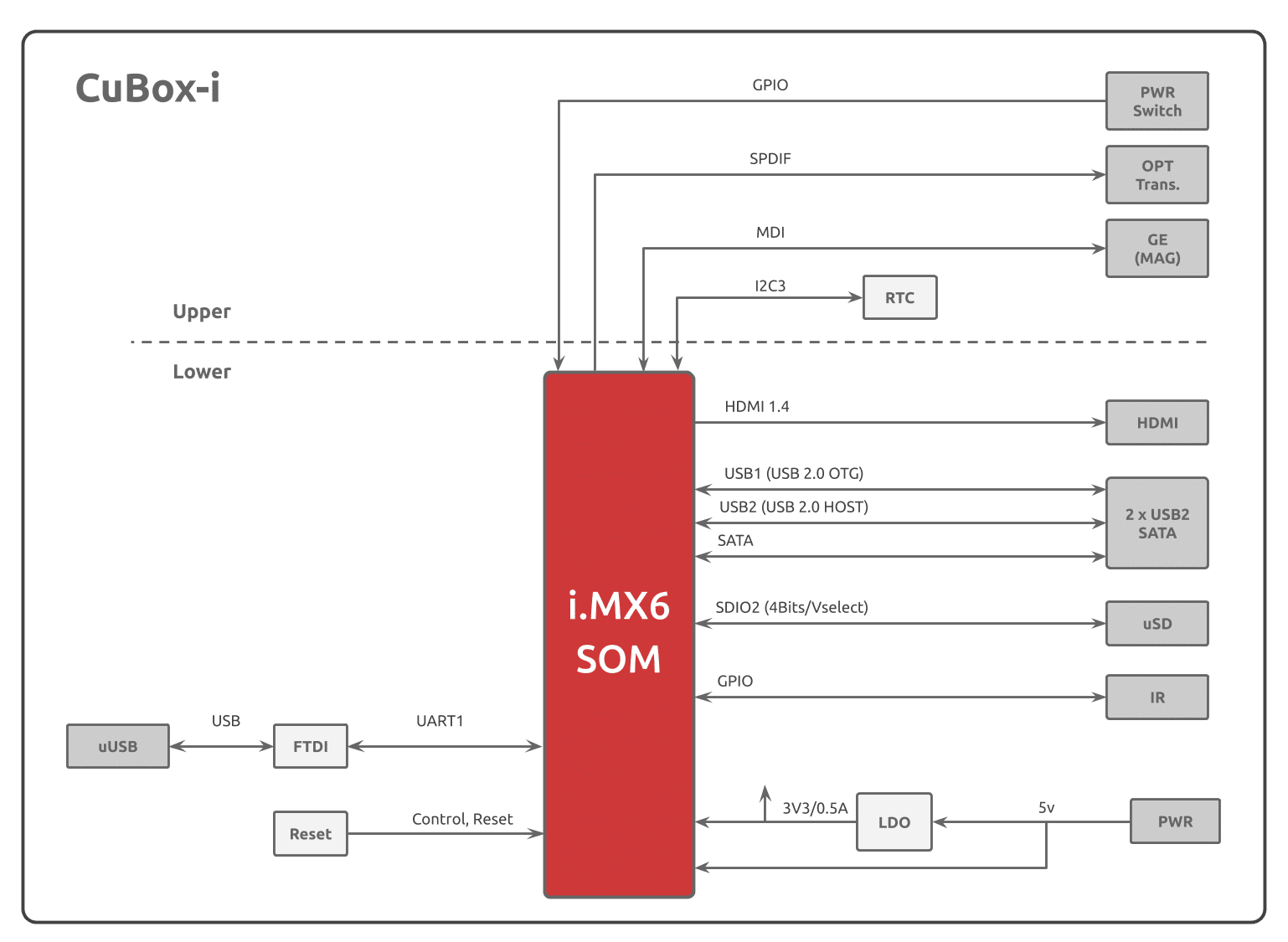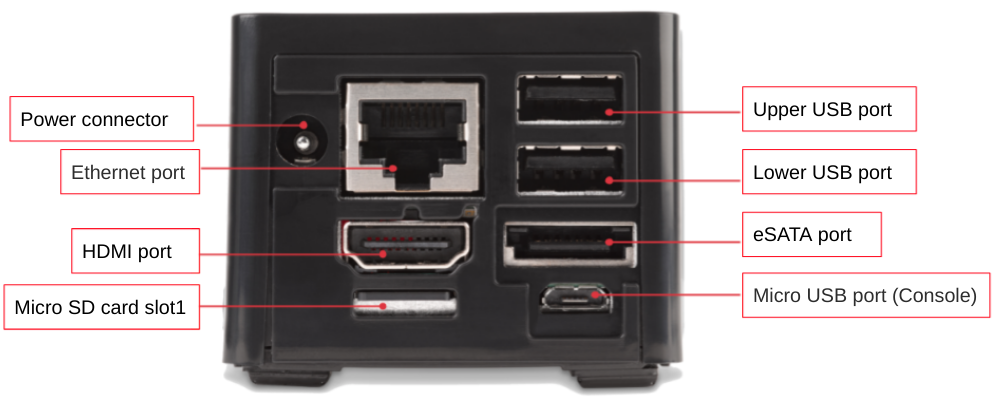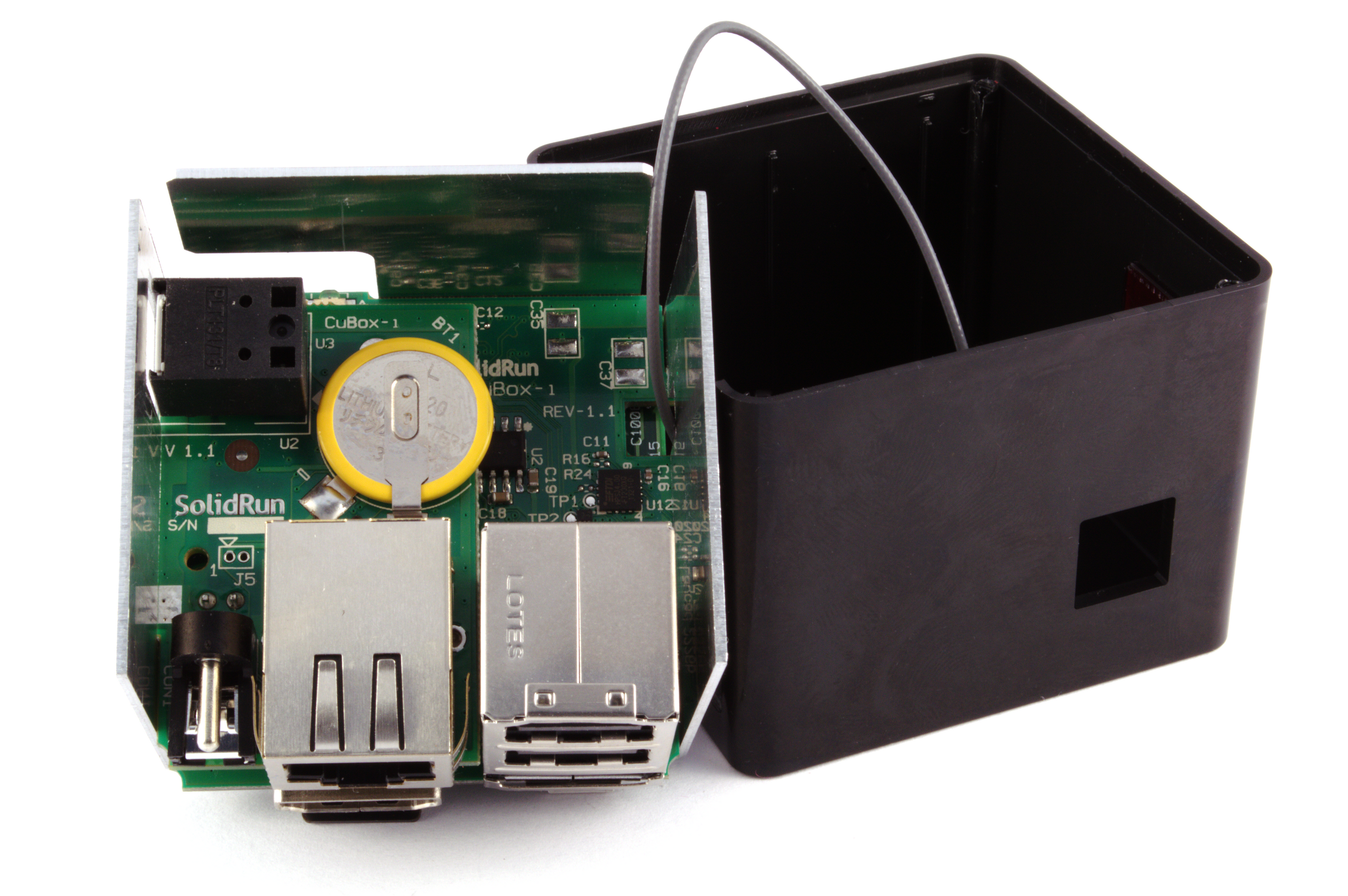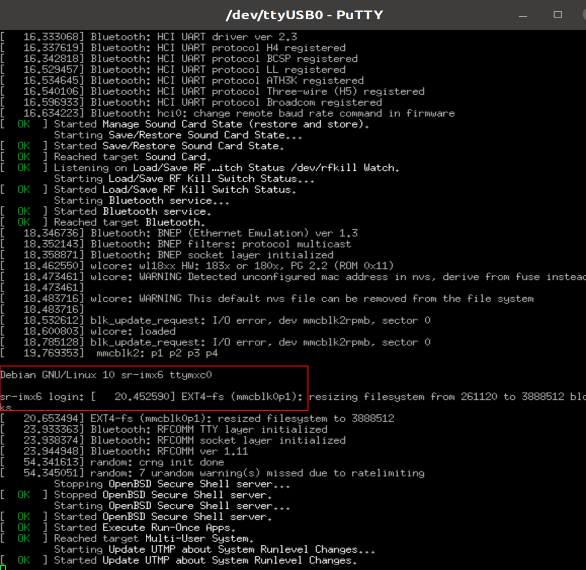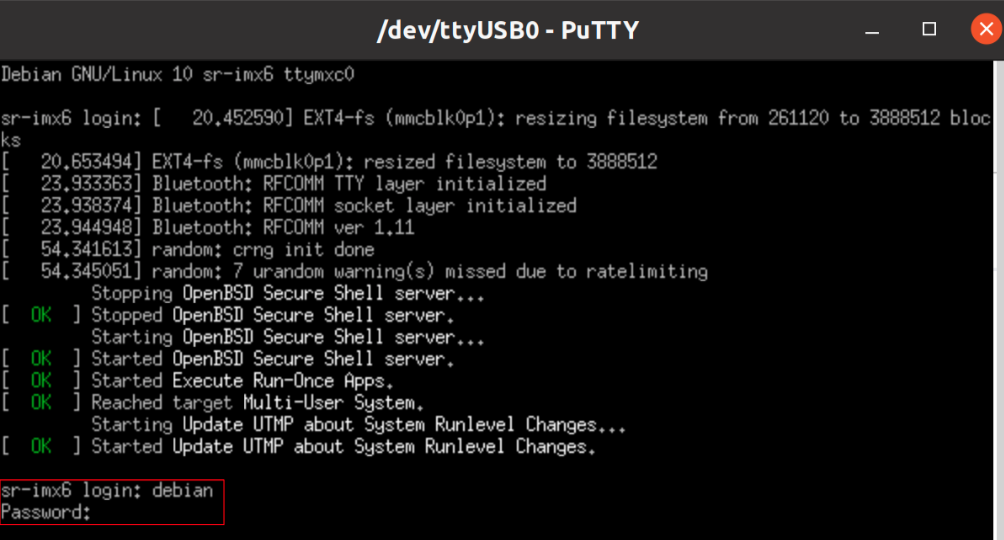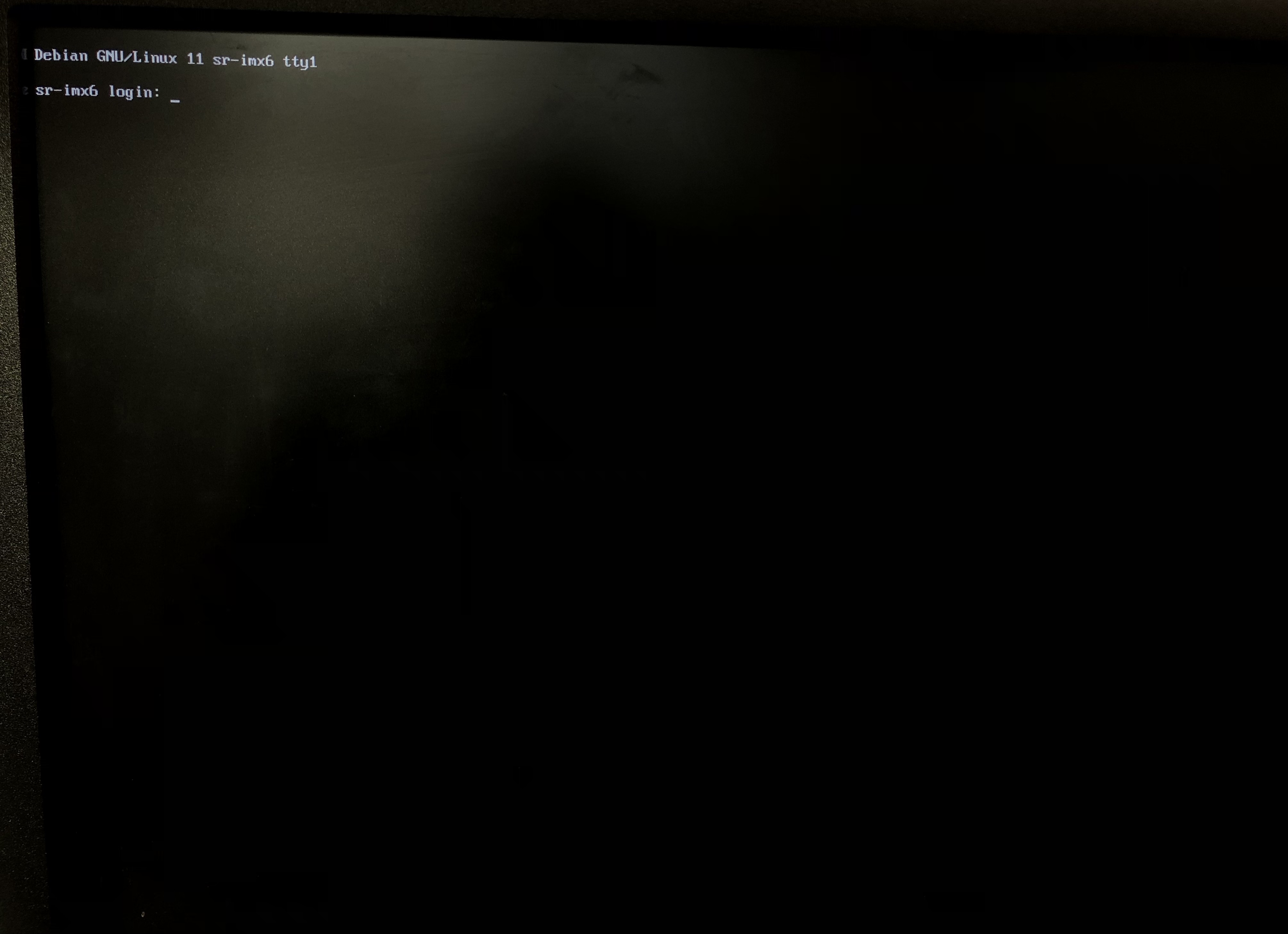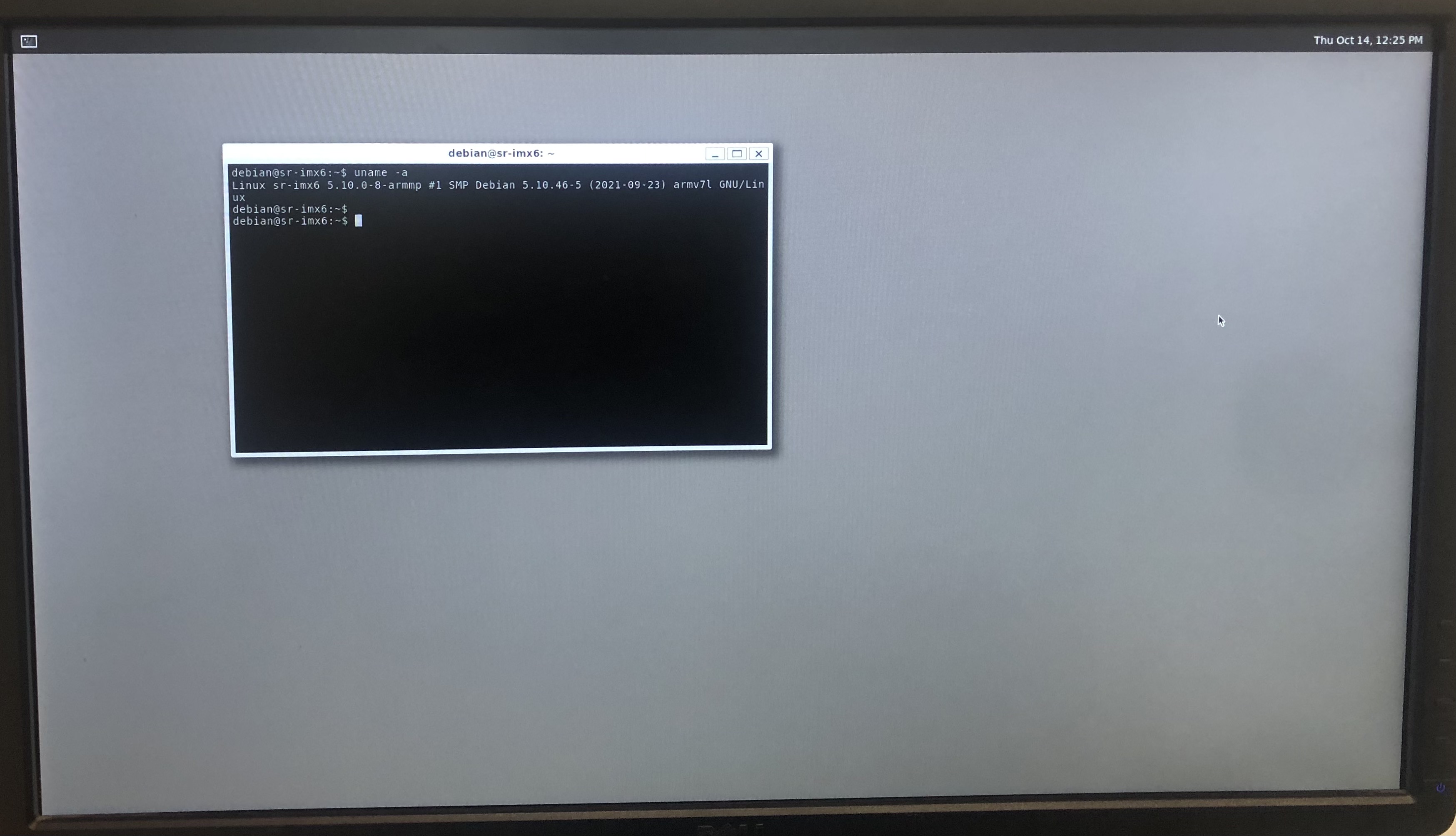Revision and Notes
Date | Owner | Revision | Notes | ||||||
|---|---|---|---|---|---|---|---|---|---|
| 1.0 | Initial release | |||||||
Table of Contents |
| ||||||||
Introduction
The following quick start guide provides background information about the CuBox-i.
The guide will give a technical overview about the product and by the end of it you should be able to boot an operating system and begin testing your application.
Hardware Setup
Product Specifications
Model | CuBox i1 | CuBox i2 | CuBox i2eX | CuBox i4P |
I/Os | 2 x USB 2.0 | 2 x USB 2.0 | 2 x USB 2.0 | 2 x USB 2.0 |
Networking | 1 x Ethernet RJ45 10/100/1000 (max 470 MB/s) | 1 x Ethernet RJ45 10/100/1000 (max 470 MB/s) | 1 x Ethernet RJ45 10/100/1000 (max 470 MB/s) | 1 x Ethernet RJ45 10/100/1000 (max 470 MB/s) |
Processor | NXP i.MX 6 Single core Arm Cortex A9 up to 1GHz | NXP i.MX 6 Dual Lite core Arm Cortex A9 up to 1GHz | NXP i.MX 6 Dual core Arm Cortex A9 up to 1GHz | NXP i.MX 6 Quad core Arm Cortex A9 up to 1GHz |
Memory & Storage | 512MB DDR3 | 1GB DDR3 | 1GB DDR3 | 2GB DDR3 |
Display | HDMI | HDMI | HDMI | HDMI |
Misc. | Reset button | Reset button | Reset button | Reset button |
Development and Debug interfaces | Micro USB | Micro USB | Micro USB | Micro USB |
Power | 5V | 5V | 5V | 5V |
Expansion card I/Os | None | None | None | None |
Temperature | Commercial: 0°C to 40°C | Commercial: 0°C to 40°C | Commercial: 0°C to 40°C | Commercial: 0°C to 40°C |
Dimensions | 50 x 50 x 50mm | 50 x 50 x 50mm | 50 x 50 x 50mm | 50 x 50 x 50mm |
Enclosure | ABS Plastic | ABS Plastic | ABS Plastic | ABS Plastic |
| Ui button | ||||||
|---|---|---|---|---|---|---|
|
| Info |
|---|
Supported with i.MX6 SOM. For more detailed information about our SOM-i.MX6 series please visit this user manual : i.MX6 SOM Hardware User Manual. |
Block Diagram
The following figure describes the i.MX6 Block Diagram.
Visual features overview
A demonstration of how to connect your cables and other peripherals to your CuBox-i can be found here : How to connect cables and peripherals to your CuBox-i
Software Setup
Cable setup and prerequisites
Micro USB cable
Power supplier : regulated 5V supply with 2A source capacity (3A for CuBox-i4pro)
Micro SD card
Linux or Windows PC
Router or switch with Ethernet cable
| Note |
|---|
Note that using an adaptor with an output voltage which is higher than 5V will damage your device and possibly other connected USB devices. |
Booting form an SD card
1. Downloading the Debian Yocto image
Download the Debian image by running the following command on your Linux/Windows PC:
| Code Block |
|---|
wget https://images.solid-run-images.sos-de-fra-1.exo.io/IMX6/Debian/sr-imx6-debian-bullseye-20220712-cli-sdhc.img.xz |
.com/IMX6/meta-solidrun-arm-imx6/2024-07-05_484a685/core-image-weston-sdk-imx6qdlcubox.wic.gz |
For other software releases, please visit images.solid-run.com/IMX6.
2. Writing the image to the SD card
Use the following commands for writing the image to an SD card:
| Code Block |
|---|
xzgzip -dc srcore-imx6image-debianweston-bullseye-20220712-cli-sdhc.img.xzsdk-imx6qdlcubox.wic.gz | dd of=/dev/sdX bs=4M conv=fsync |
For more information, please visit Flashing an SD Card .
Note: Plug a micro SD into your Linux PC, the following assumes that the micro SD is added as /dev/sdX and all it’s partitions are unmounted.
3. SD card insertion
Please Insert the SD card into your device.
4. Power connection
Connect your power adaptor to the DC jack, and then connect the adaptor to mains supply.
| Tip |
|---|
A red LED will light up at the front panel. This is an indication of boot loader firmware is running.If you find you need additional help, please contact us and we’ll do our best to get back to you with more personal support. |
5. Serial Connection
Please insert the micro USB into your device, then you can refer to Serial Connection for installing necessary serial connection software in Linux/Windows.
Once you installed the necessary serial connection software, you should be able to see a log-in prompt similar to the following:
In order to be able to log in , please insert “debian” “root” as a username and , password as followsis empty:
Install to eMMC
You can follow this document Install to eMMC to install debian to an eMMC device.More Features
Internet
If you have purchased CuBox-i1 or CuBox-i2 first connect an Ethernet cable to your CuBox-i (for internet access during boot-up). Models CuBox-i2ex and CuBox-i4Pro (Or CuBox i1 / i2 with WiFi function), can be connected via Wi-Fi or wired Ethernet.
Please check you Ethernet connection.
Use the following commands in order to keep your system up-to-date:
| Code Block |
|---|
apt-get update
apt-get upgrade
reboot |
For more detailed information, please refer to i.MX6 Debian .
Wi-fi
You can connect to WiFi using any application, such as : connmanctl or wpa_spplicant.
TLDR Connecting to WiFi network using
connman:
1. To bring a WiFi interface up, run the following :
| Code Block |
|---|
ifconfig wlan0 up |
To discover your wireless network interface name, see Network Interfaces.
2. Install the wpa_supplicant package:
| Code Block |
|---|
apt-get install wpasupplicant |
3. Edit network interfaces file :
At the bottom of the file, add the following lines to allow wlan as a network connection:
| Code Block |
|---|
cat <<EOF > /etc/network/interfaces.d/wlan0
allow-hotplug wlan0
iface wlan0 inet dhcp
wpa-conf /etc/wpa_supplicant/wpa_supplicant.conf
iface default inet dhcp
EOF |
4. Create a configuration file with the relevant ssid:
| Code Block |
|---|
cat <<EOF > /etc/wpa_supplicant/wpa_supplicant.conf
ctrl_interface=/run/wpa_supplicant
update_config=1
network={
ssid="MYSSID"
psk="passphrase"
}
EOF |
Check your personal ssids by running : ‘iw dev wlan0 scan’
5. Make sure it works:
Restart your device and it should connect to the wireless network. If it doesn't, repeat above steps or get help from an adult.
- For more information about using wpa_supplicant , you can refer to wpa_supplicant or wpa_supplicant
Code Block root@imx6qdlcubox:~# connmanctl connmanctl> enable wifi Enabled wifi connmanctl> scan wifi Scan completed for wifi connmanctl> services Vodafone Hotspot wifi_10cea9c83c04_566f6461666f6e6520486f7473706f74_managed_none Vodafone-guest wifi_10cea9c83c04_566f6461666f6e652d6775657374_managed_psk ... connmanctl> agent on Agent registered connmanctl> connect wifi_10cea9c83c04_566f6461666f6e652d6775657374_managed_psk Agent RequestInput wifi_10cea9c83c04_566f6461666f6e652d6775657374_managed_psk Passphrase = [ Type=psk, Requirement=mandatory ] Passphrase? super-secret-pw Connected wifi_10cea9c83c04_566f6461666f6e652d6775657374_managed_psk connmanctl> quit root@imx6qdlcubox:~# ping google.com PING google.com (216.58.206.46): 56 data bytes 64 bytes from 216.58.206.46: seq=0 ttl=118 time=13.097 ms ...
Bluetooth
For showing all Bluetooth devices, run the following:
| Code Block |
|---|
apt-get install bluez
hciconfig -a |
2. Choose a device, and turn it on:
| Code Block |
|---|
hciconfig hci0 up |
3.Set up the Bluetooth name:
| Code Block |
|---|
hciconfig hci0 name 'SolidRun_Ble' |
4. Make your Bluetooth detectable by other devices:
| Code Block |
|---|
hciconfig hci0 piscan |
5. If you want to connect to other devices:
Start by scanning for other Bluetooth devices:
| Code Block |
|---|
hcitool scan |
Choose a MAC address and connect :
| Code Block |
|---|
rfcomm connect 0 $MAC 10 & |
You can check the communication between the devices by writing :
| Code Block |
|---|
l2ping -c 4 $MAC |
Install GUI Support
Note that HDMI doesn’t display anything by default.
Wayland
1. Install weston :
| Code Block |
|---|
sudo apt install weston |
Connect your HDMI cable and you should be able to see the following :
By default one application is available, the terminal emulator, at the upper left corner.
2. Start weston FROM A PHYSICAL TERMINAL (from the above terminal, not remote or serial session) :
| Code Block |
|---|
weston-launch -- --backend=drm-backend.so |
| Note |
|---|
Make sure to run the above without sudo. |
This will bring up the following:
For more applications, you can refer to GUI Support to install X11, OpenGL-ES, GStreamer, or you can follow this page Gnome for installing Gnome desktop.List Of Supported OS
Build U-Boot & Kernel from sources
Build a Linux kernel - i.MX6 Kernel
Build a U-Boot - i.MX6 U-Boot
Documentation
| Attachments | ||||
|---|---|---|---|---|
|
| Ui button | ||||||
|---|---|---|---|---|---|---|
|
Related Articles
| Filter by label (Content by label) | ||
|---|---|---|
|
